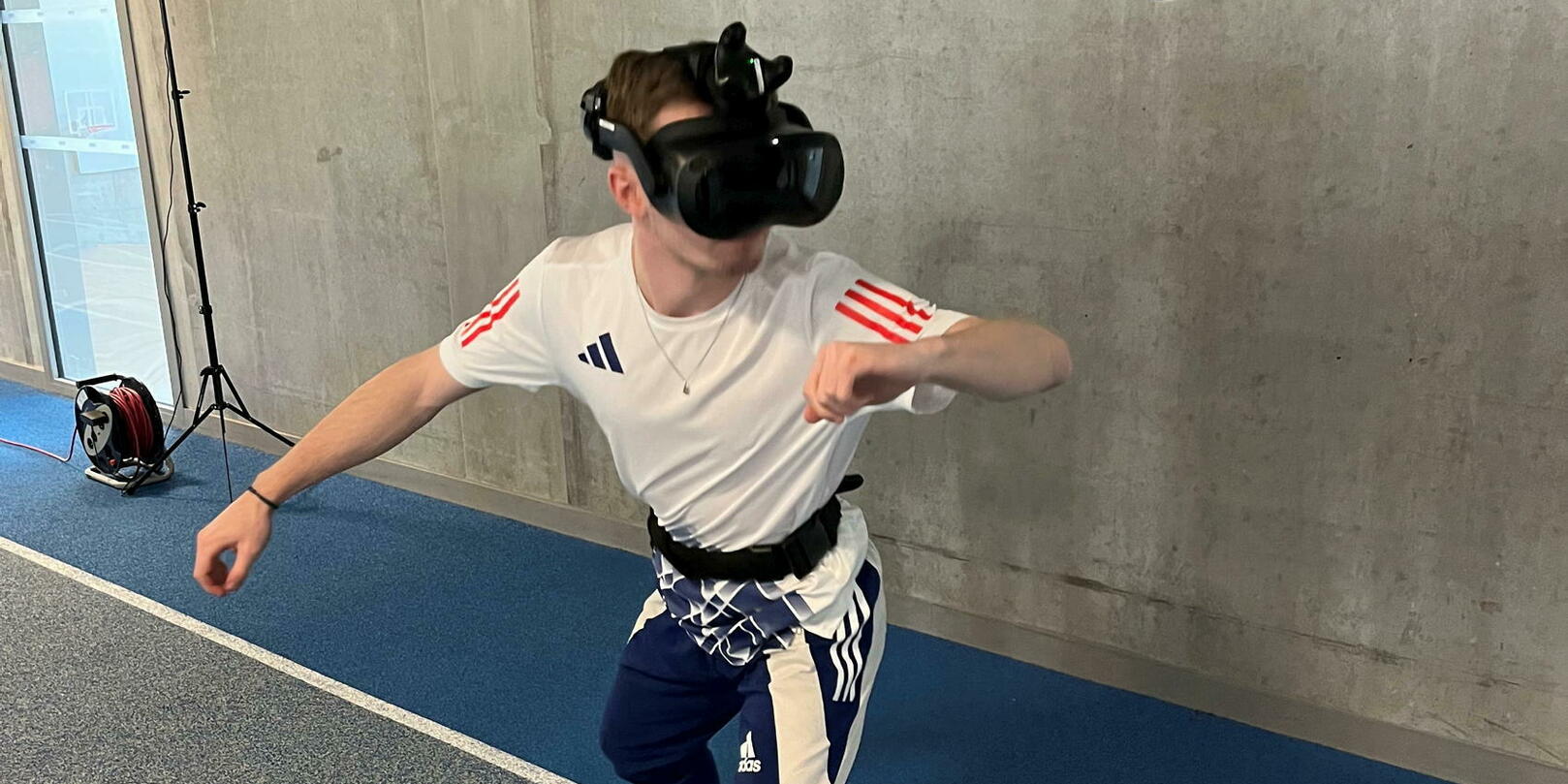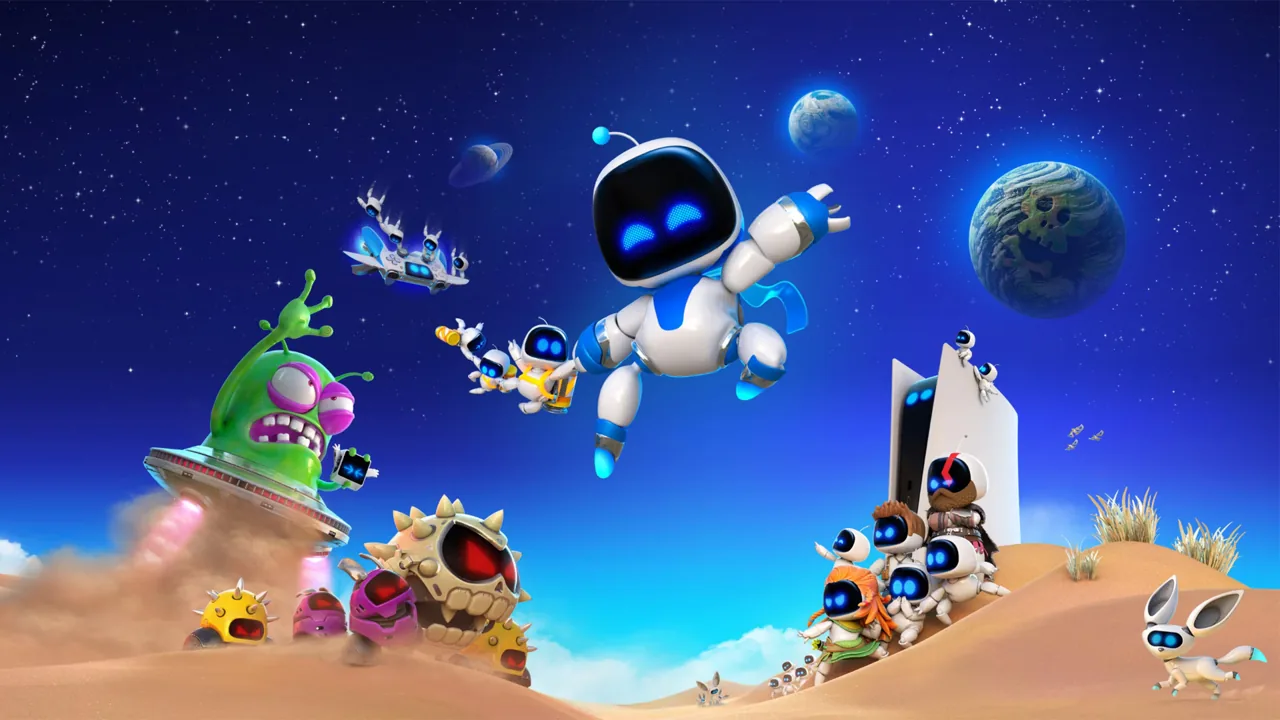sIf the crowd is ecstatic around him at the Stade de France, Pablo Mathieu, the 23-year-old runner and member of the French track and field team at the 2024 Olympics, should focus on his goal: making the best possible relay pass. His colleague arrives at full speed, ready…and rushes. Finally just a few metres, he removes the VR headset and returns to real life, between four walls, surrounded by scientists.
The athlete performs training that allows him, thanks to this technology developed by scientists, to improve his athletic performance, especially during passing the baton, which is a key moment for the success or failure of the relay race, according to the coaches.
Virtual reality is taking over
The Revea (Performance Enhancement Using Virtual Reality) project is one of dozens of research projects selected and funded by the state to allow scientists to work with high-level athletes and their coaches in order to improve their performance and collect medals at the Olympic Games.
Gilles Montagne, professor and researcher at the Institute of Movement Sciences (Aix-Marseille University/CNRS), has worked with the French Athletics Federation, especially with the women's and men's 4 x 100 meter relay teams. “We have the athlete wear our virtual reality headset, and he is immersed in an exact replica of the stadium in which he will perform during the Olympic Games. He is in receiver mode, sees the avatar of one of his partners approaching, and we make him work out his decision.”
Because if running fast is clearly important, “it is even more important not to waste time taking the witness, as it requires a lot of coordination and anticipatory work,” the researcher insists. Our tool focuses on this step, coaching the athlete so that he leaves at exactly the right time and that the transition between donor and recipient is as smooth as possible…”
More training, less injuries
But what can virtual reality offer compared to training in a real situation? All parameters can be manipulated: you can add the presence of opponents, change the partner's approach speed, etc., which makes training and adaptation to different situations more complete. “The avatars are also tireless and can repeat the sequence indefinitely without risk of infection,” explains Gilles Montagne. In an hour of traditional training, athletes can do a maximum of 4 or 5 relay rounds, while in a 30-minute session in VR, we can do 30 or 40! As in all sports, it is through repetition that we improve performance, so the gains can be really interesting. »
In addition to the helmet placed on their heads, torch bearers are equipped with sensors on their feet, lower back and “eye tracker”Which follows the movement of their eyes. The neuroscientist adds: “These devices allow us to collect valuable information about the athlete’s behavior, characterize his actions, and find out the source of errors in timing.” This is a valuable input for the coach to identify problem areas and adapt training according to the corrections to be made. »
The good news is that these virtual reality exercises can be suitable for other sports. Teams of researchers from Rennes-2 University, Paris-Saclay, Reims and Incipe are working on the same project with the French boxing and gymnastics teams. “In boxing, they use helmets to do their training. Shadow kneeling (Boxing in a vacuum, without an opponent, to work on your gestures, editor's note) In an improved way, and in gymnastics, to record yourself and see yourself in a position on the apparatus for example, to identify and correct your mistakes, details a professor who specializes in the uses of these techniques. But that wouldn't make sense for team sports, for example. »
Towards augmented reality training
Although the work carried out with the French athletics team has not yet yielded quantitative results, the 4 x 100 m relay runners performed well during the qualifications: the women took second place, behind the Americans, and the men took third place, indicating Possibility of obtaining great medals. During games.
“We will try to measure the gains from these uses during the next Olympics; allowing them to have a few milliseconds in a race could be a game-changer. One thing is certain for this researcher, this technology still has a bright future ahead of it, with exciting new ways to explore.” : “Today, augmented reality is not mature enough, but in a year or two, it could replace virtual reality in our training with new generation headsets that will make the avatar of a teammate appear in a natural environment.” On your helmets, gear up, go!

“Certified gamer. Problem solver. Internet enthusiast. Twitter scholar. Infuriatingly humble alcohol geek. Tv guru.”





